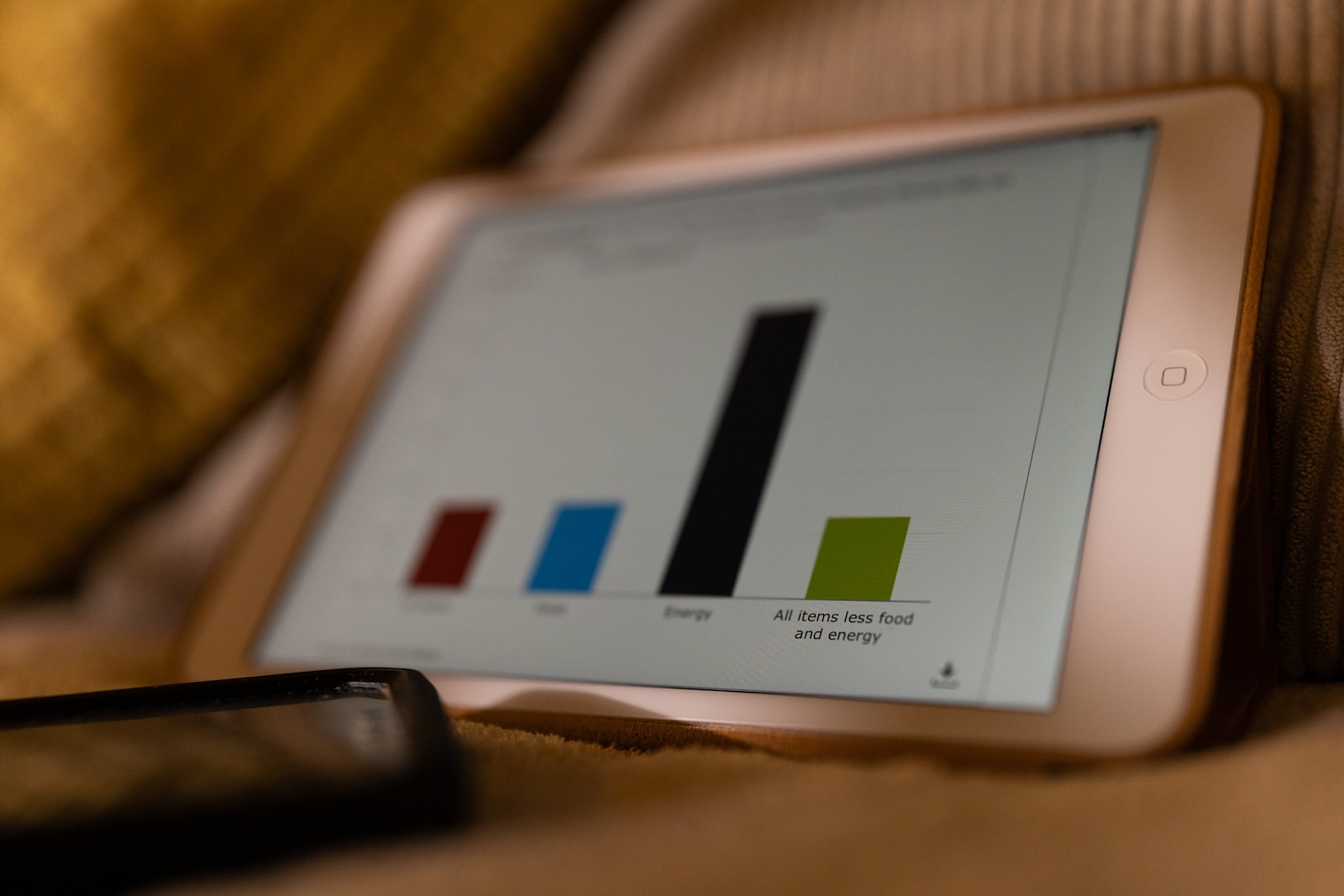Trading platforms have democratized investing, offering user-friendly interfaces and a variety of investment options.
By simplifying complex financial activity, leveraging technology and promoting social trading, they empower individuals to take control of their financial futures with confidence. The money used for trading should be expendable and not tied to other obligations, such as college tuition or mortgage payments. Experienced traders know that failure is part of the learning process.
Getting Started
In financial trading, you buy and sell instruments with the aim of making a profit. You can trade securities such as stocks and bonds, or commodities, Exchange-Traded Funds (ETFs), foreign exchange (Forex) and even cryptocurrencies like Bitcoin. Traders can work for themselves as self-traders, or for financial institutions in market-making and proprietary trading roles.
You’ll learn the fundamentals of the major global financial markets, and how they interlink. You’ll explore how to use different tools to analyse and interpret data and make informed trading decisions. This includes both technical analysis, which analyses price trends based on past performance, and fundamental analysis, which studies external factors influencing prices.
By the end of this chapter, you’ll be ready to build your first trading strategies. You’ll get familiar with the two main trading styles, trend following and mean reversion, and you’ll learn how to construct signals and implement and backtest simple strategies using Python.
You’ll also study the role of technology in a modern finance and trading firm, exploring the latest developments in financial markets, data analytics and econometrics. And you’ll see how to apply these skills through a series of hands-on activities using industry-standard software and APIs.
Strategies
Becoming a successful trader requires a combination of good knowledge, excellent analysis and risk management skills. It is also important to have a trading strategy and stick to it, even in the face of failures (which are inevitable). Many traders find it beneficial to choose a mentor who can guide them through the process. A mentor could be a family member, a trusted friend or a financial expert.
In this deterministic strategy, the trader predicts the increment of the index value by examining an apparently simple alternation behavior that is visible at first sight: if one day the index rises, the next day it will fall and vice versa. The trader then uses the result of this simple algorithm in the following trading period.
In order to select the best trading strategy, it is helpful to look at forums where traders discuss their own strategies and share experiences. However, it is necessary to take into account that different people are using the same forum and that their information might be influenced by the fact that they are beginners. It is also worth paying for a news service that delivers the latest market updates in real time, like Benzinga Pro. It can be a cost-effective alternative to standard trading resources, such as Reuters and Bloomberg. The advantage of such a service is that it can be customised to fit your trading style.
Trading Platforms
When choosing a trading platform, consider your investment style, financial goals and level of comfort with self-directed investing. You’ll also want to consider the fees associated with a trading platform. Whether you’re a day trader or a long-term investor, there are online trading platforms that cater to each type of investor. Some offer basic educational resources and responsive customer support, while others provide more advanced tools like paper trading to simulate trades without risking real money.
Some trading platforms are designed by brokerages to fit their specific needs while others offer a more open marketplace for traders to interact and exchange ideas. There are two main types of trading platforms: commercial and proprietary (prop). Commercial trading platforms are generally easier to use for less-experienced retail investors and day traders, while prop platforms are built by large brokerages to meet the requirements of their traders.
Regardless of the platform you choose, most will allow you to access news and research information from third-party providers as well as monitor your portfolios in real time. Many also offer the ability to create trading alerts based on price movements, economic data and financial news. In addition, most platforms offer a range of order types, including multi-contingent and one-cancels-the-other orders. These options can help optimize your trading execution, minimise risk and improve pricing.
Trade with Confidence
Having confidence is vital for trading success. But it isn’t something you were born with, and it can be hard to grow.
Investing your capital in financial trading can have significant risks and is not for everyone. You should consider your level of risk tolerance, time horizon and available capital before beginning to trade.
The best way to build trading confidence is through consistent practice and sticking to your plan. You can also practice mental visualization by imagining a perfect trading day. Vividly imagine yourself going through a flawless pre-market routine and then trading in your zone. Think about how cool and composed you are under pressure, how easy and effortless it is for you to re-set to neutral after a losing trade, and how confidently you enter every A+ setup. Repeat this process at least 3-4 times per week to maximize the impact on your confidence levels.
Another important aspect of building trading confidence is to understand that no one is immune from bad trades. Many traders fall into the trap of believing that if their last trade was a winner then their next trade must be a winner as well. However, this is a dangerous belief that can lead to self-destructive behaviors like hesitating on trades or getting in and out of trades too frequently.




Leave a Reply